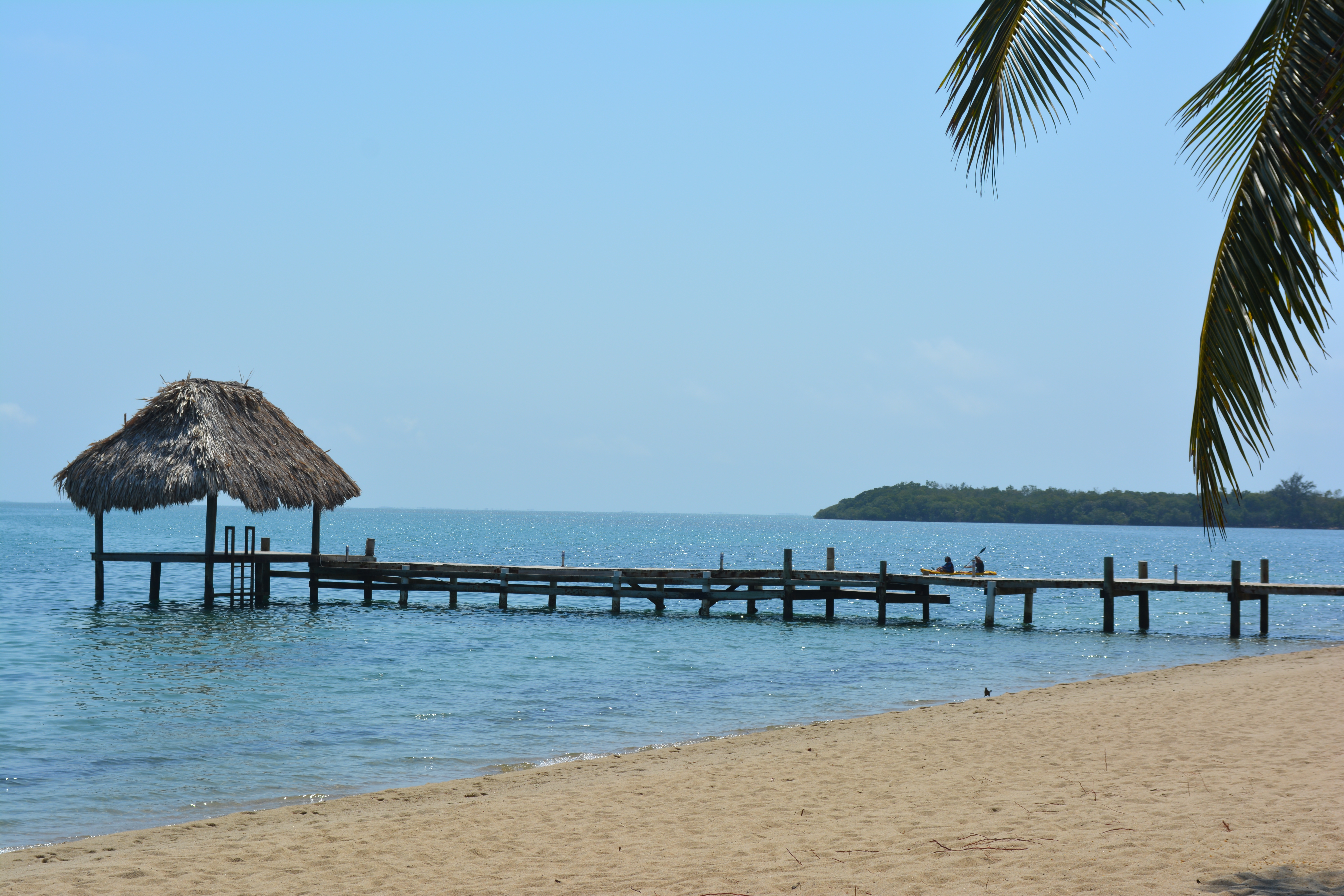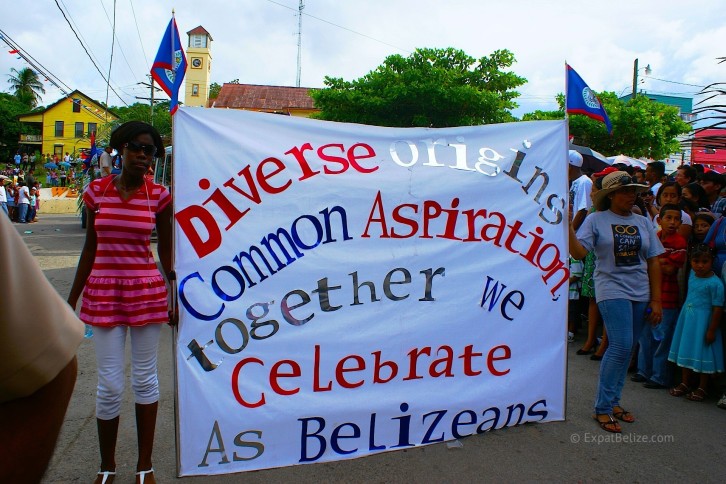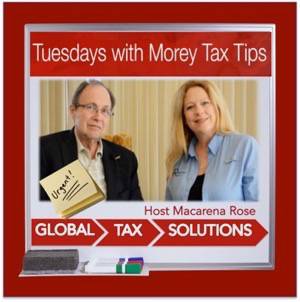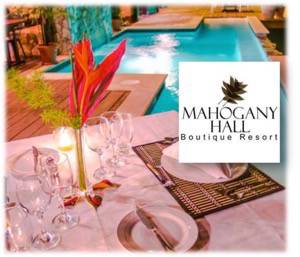Demographics in Belize
Colonization, slavery, and immigration have played major roles in affecting the ethnic composition of the population and as a result, Belize is a country with numerous cultures, languages, and ethnic groups. The country’s population is currently estimated to be 340,844 people (Source: CIA World Factbook, 2014 est.). As of the Belize Country 2010 Census Report, 325,528 with Mestizos/Spanish/Latino comprise about 52.9% of the population, Kriols 25.9%, Maya 11%, and Garinagu 6.1%.

Total Population and Change by Major areas Belize 2000 and 2010 – Source: Belize Country Census Report 2010 – Find full report at : http://www.statisticsbelize.org.bz

Percent Population in each Ethnic Group by District, Belize 2010 – Source: Belize Country Census Report 2010 – Find full report at : http://www.statisticsbelize.org.bz
Maya and early settlers
The Maya are thought to have been in Belize and the Yucatán region since the 500s AD; however, much of Belize’s original Maya population was wiped out by disease and conflicts between tribes and with Europeans. Three Maya groups now inhabit the country: The Yucatec (who came from Yucatán, Mexico to escape the Caste War), the Mopan (indigenous to Belize but were forced out by the British; they returned from Guatemala to evade slavery), and Kekchi (also fled from slavery in Guatemala). The latter groups are chiefly found in the Toledo District. White, initially Spanish conquistadors explored and declared the land a Spanish colony but chose not to settle due to the lack of resources such as gold. Later English and Scottish settlers and pirates known as the “Baymen” entered the area in the 16th and 17th century respectively and established a logwood trade colony.
Kriols
By 1724, the Baymen began importing African slaves from Jamaica, the Miskito Coast of Nicaragua and elsewhere in the Western Caribbean to cut logwood and later mahogany. They led a better life than their fellows in the West Indies, but were still mistreated, systematically raped and bullied. Even so, these slaves assisted in the defence of the fledgling settlement for much of the late 1700s, particularly in the 1798 Battle of St. George’s Caye. Due to the lack of women in the colony, slave women Intermingling with the Baymen whites was very common. This mixture created the Kriol ethnic group, accounting for as much as 60% of the colony’s population until independence in 1981. Today, identifying as a Kriol may confuse some; a blonde, blue-eyed Kriol is not an uncommon sight as the term also denotes a culture that distinguishes more than physical appearance. Kriol was historically only spoken by them, but this ethnicity has become synonomous with the Belizean national identity, and as a result it is now spoken by about 75% of Belizeans. Found predominantly in urban areas such as Belize City, this group is also found in most coastal and central and towns and villages.
Garinagu
The Garinagu, (singular Garifuna) are a mix of African, Arawak, and Carib ancestry. When the British took over Saint Vincent after the Treaty of Paris in 1763, they were opposed by French settlers and their Carib allies. The Carib eventually surrendered to the British in 1796. The British separated the more African-looking Caribs from the more indigenous looking ones. Five thousand Black Caribs were exiled, but only about 2,500 of them survived the voyage to Roatán, an island off the coast of Honduras. Because the island was too small and infertile to support their population, the Garinagu petitioned the Spanish authorities to be allowed to settle on the mainland. The Spanish employed them as soldiers, and they spread along the Caribbean coast of Central America.They settled in southern Belize by way of Honduras in the early 1800s. In Belize, 1832 is the date offically recognized as “Garifuna Settlement Day”.
Mestizos and Spanish
Around the 1840s, Mestizo, Spanish, and Yucatec settlers from Mexico began to settle in the north due to the Caste War of Yucatán. They predominate in the Corozal, Orange Walk, and much of the Cayo district, as well as San Pedro town in Ambergris Caye. The Mestizo areas of Belize have much more in common with neighboring Yucatan and most of Guatemala than central, southern or coastal Belize. Towns center on a main square, and social life focuses on the Catholic church built on one side of it. The Spanish ethnic group in Belize are Kriol/English speakers who may or may not speak Spanish, but are of Mestizo or Spanish descent. Most Mestizos speak Spanish as a first language, and English or Kriol in multiethnic settings.
Other groups
The remaining 11.2% is a mix of Mennonite farmers, Indians, Chinese, whites from the United States, and many other foreign groups brought to assist the country’s development. During the 1860s, a large influx of Indians and American Civil War veterans from Louisiana and other Southern states established Confederate settlements in British Honduras and introduced commercial sugar cane production to the colony, establishing eleven settlements in the interior. The 1900s saw the arrival of Asian settlers from mainland China, India, Taiwan, Korea, Syria, and Lebanon. Central American immigrants and expatriate Americans and Africans also began to settle in the country.
Population Density in Belize
The population density in Belize is small in comparisons to most countries. Once you get outside of Belize City, the population “feels” sparse. This lends itself to not feeling over crowded while still having areas of Belize that provide adequate conveniences to living and Retiring in Belize. The map here shows the population density by district of Belize.

Population Density by District of Belize Map 2010 – Source: Belize Country Census Report 2010 – Find full report at : http://www.statisticsbelize.org.bz







